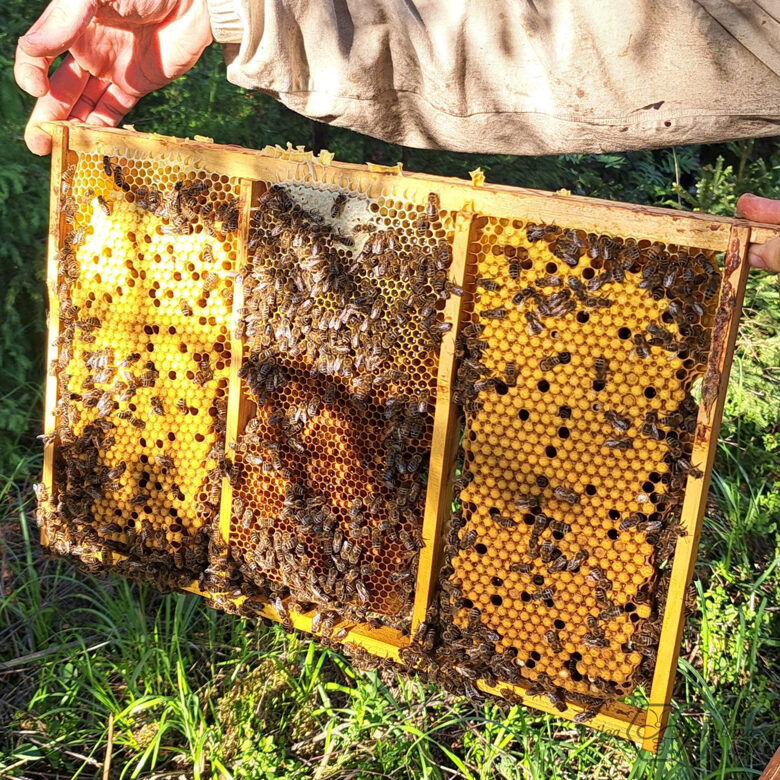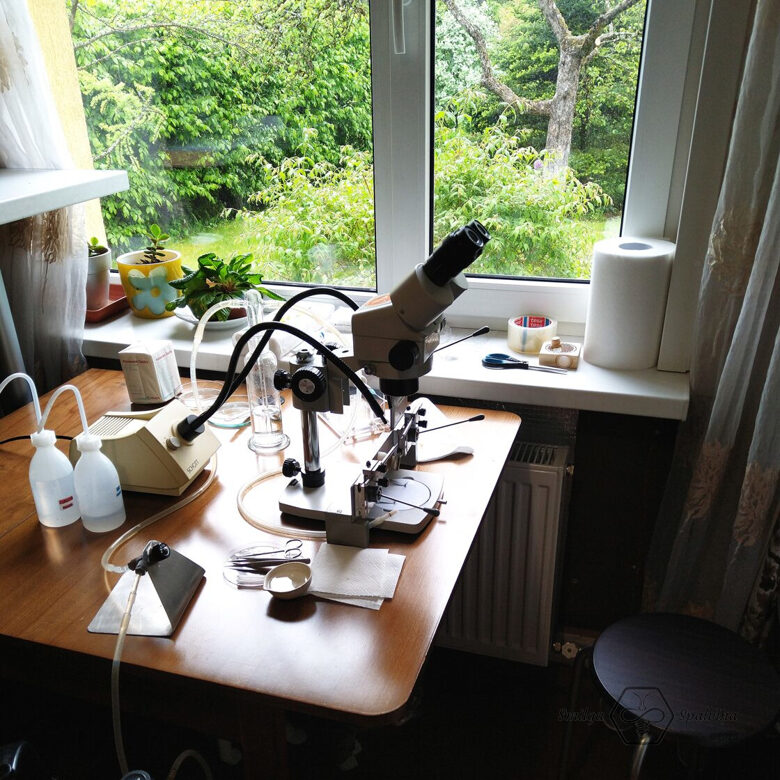
Towards Sustainable Storage Solutions for Drone Sperm of the European Honey Bee (Apis mellifera)
One of the agricultural sectors that fully meets sustainability criteria is beekeeping, which is inherently a climate-neutral and zero-waste industry. Climate neutrality is indirectly achieved by sequestering carbon in beekeeping products. Plants absorb CO₂ from the atmosphere to produce carbon-rich compounds such as nectar, pollen, and exudate, which honey bees utilize to produce honey, bee bread, propolis, beeswax, and royal jelly. Additionally, beekeeping commonly uses wooden hives, which can serve beekeepers for several decades, further enhancing sustainability. Read more…
Overview of the 2022 season for instrumental insemination of honeybee queens
The active season for beekeeping in 2023 is quickly approaching, but before that, we can look back at the fruits of our labor from last year. The past season presented a significant challenge, with an extremely short instrumental insemination season lasting only three weeks.
Read more about the challenges and results of the 2022 season here...
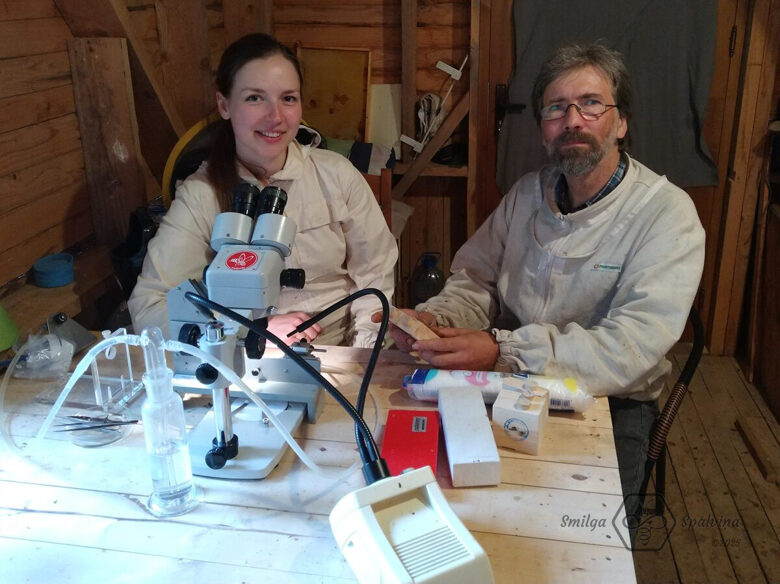
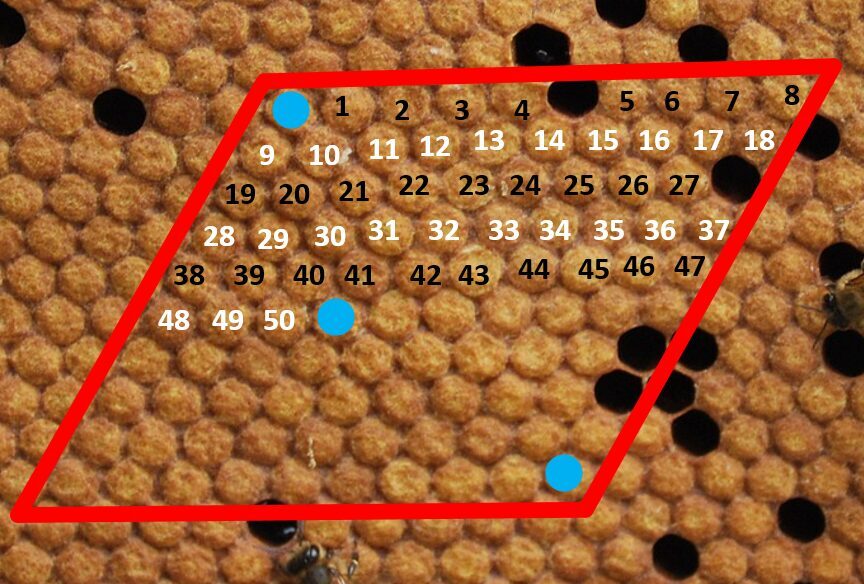
How to evaluate the characteristics of bee colonies?
The New Year has started with a new commitment to beekeeping - to implement a system for assessing bee colonies in practice. As with any commitment, it requires consistent implementation and a clear understanding of what we want to achieve or the goal of this assessment system. The goal is to obtain objective results on the performance of bee colonies during the season, to select the best bee colonies from which to breed material (queen bees, drones) and develop the characteristics of certain bee colonies for future crossbreeding. As mentioned in a previous article (December 2021 "Beekeeper"), to reduce the influence of external environmental factors on the characteristics of bee colonies, it is necessary to perform selection work at the local level to achieve the best possible results. Implementation of an assessment system is one step towards this direction.
What determines the characteristics of a honey bee colony?
Each beekeeper has a favorite bee colony that has a specific set of characteristics. For one beekeeper, colony productivity (quantity of honey and other beekeeping products obtained) is essential, for another - the colony's calmness, to make working in the apiary enjoyable, and for a third - low swarming tendency. The external characteristics or phenotype of a bee colony, which includes the amount of honey production, hygienic behavior, wintering ability, swarming behavior, aggression, disease resistance, etc., directly and indirectly are affected by the genetic diversity of bee colonies, individual interactions, genotype, and external environmental conditions.
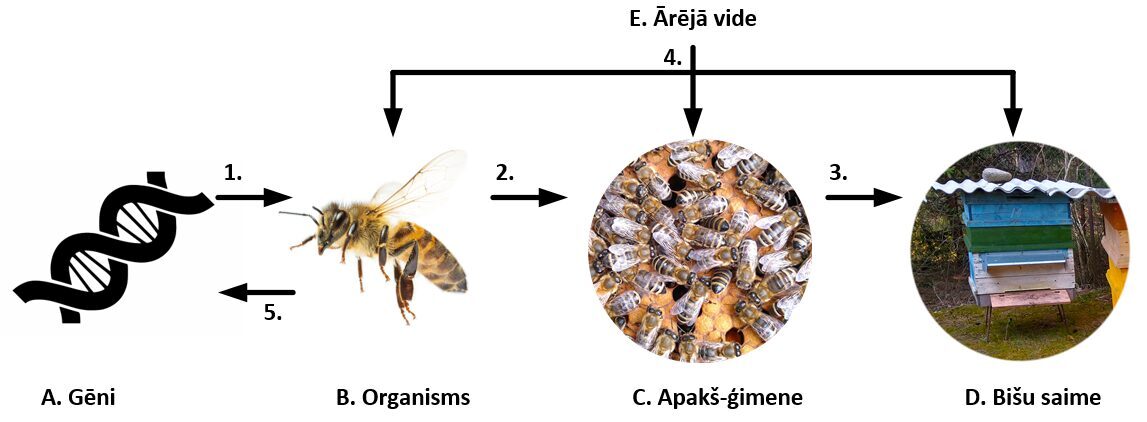
Low start in breeding - get to know the process of instrumental insemination
Greetings to all who have an infinite love for honey bees in their hearts!
Again this year it is possible to apply for the instrumental insemination service of queen bees.
With instrumental insemination service, each beekeeper has an excellent opportunity to introduce bee colonies with queens and drones of known origin to their apiary and take the first steps in breeding work!
Review of the queen bee instrumental insemination season 2021
August has arrived unnoticed and season of the bee queen insemination has ended successfully. This summer there was a great opportunity for beekeepers to inseminate queen bees all over Latvia. Although each of the beekeepers had certainly planned to produce their own drones in the spring, only a part of them managed to find time to produce the drones in the madness of seasonal work. Below I would like to tell you about our experience this season.
Instrumental insemination of bee queens, the first step – drone rearing
One of the highlights of this beekeeping season is the instrumental insemination of queen bees, which will enable beekeepers to introduce, improve and maintain the best characteristics of their bee colonies in the apiary, such as high productivity, the desired speed of development in spring, gentleness, hygiene behavior, etc. [1].
Instrumental insemination of queen bees is a controlled breeding method that results in the manual collection of semen from drones reared from a queen with good colony characteristics and administered to a virgin queen reared from another queen with the desired colony characteristics.
Cart
Cart is empty.


